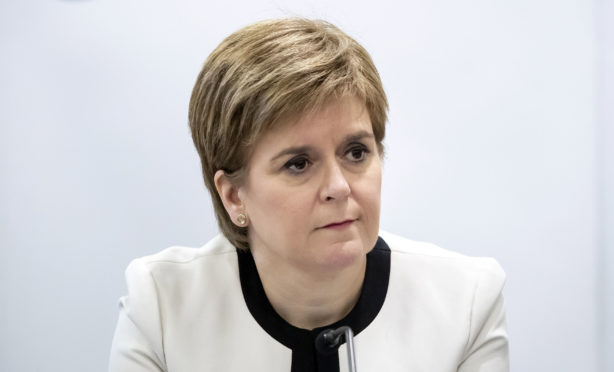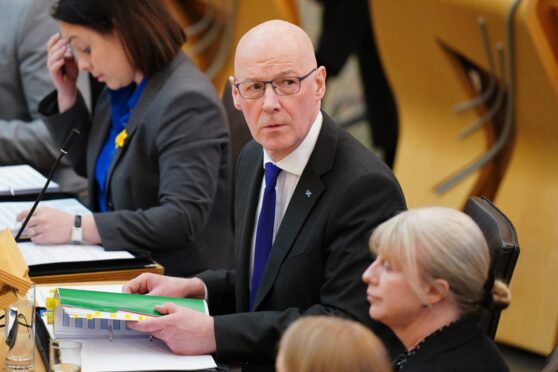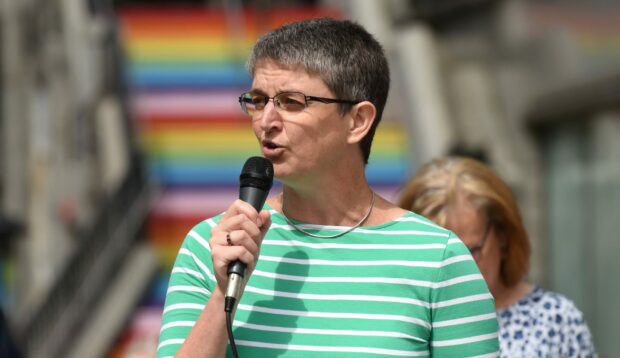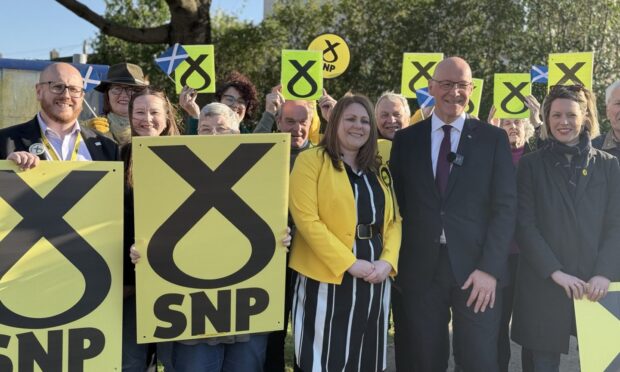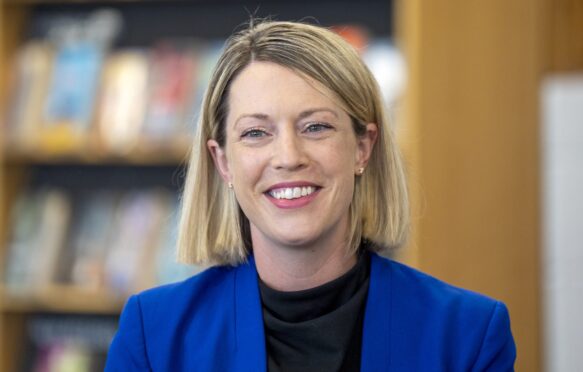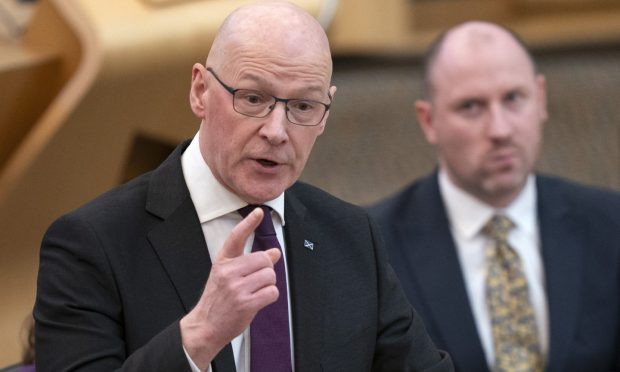Just when you thought it was safe to get back in the water, the constitutional question sharks resurface.
The immediate fallout from Thursday’s election should have been relatively simple.
With 80 MPs pushing through his Withdrawal Bill (Wab), Mr Johnson’s Brexit should go through without a hitch.
And unlike his two predecessors, at no point will he have to make concessions to opposition parties on forming a coalition or confidence and supply arrangements.
North of the border, though, things did not go quite to plan.
The Tories lost more than half their seats, Labour’s collapse was mirrored and then amplified and the Lib Dem leader Jo Swinson lost her seat to a resurgent SNP, who took 47 of the 59 places (plus one “independent”, whose rosette looked awfully familiar, despite suspension).
The country’s most eminent historian, Sir Tom Devine, said Thursday’s election was the most important since 1945 and has now triggered an “unprecedented constitutional crisis” – warning if the UK government refuses a section 30 order then support for independence will only grow.
The first minister kicked off the next game before the general election final whistle had even blown.
While rivals caught up on some much-needed sleep, Ms Sturgeon started briefing demands for a second referendum on independence almost immediately, fresh with a mandate of new MPs voted in off the back of it.
The case for Scotland’s “divergence” from the UK and any basis for holding a second vote so close to 2014 is Brexit.
It is likely Mr Johnson’s Wab will slip through the House of Commons with ease and the UK will have left the EU by January 31.
Despite the party’s dedication to “stop Brexit”, without it, the SNP will be unable to convince those they need to (die-hard Nats and Union supporters know where they stand regardless) that independence is best.
The next weeks and months will be crucial, with the success or indeed mess of the UK’s withdrawal from the EU pivotal in strengthening or shattering the separatist argument.
The trial of Alex Salmond – an architect of independence and in whose image the party is largely still made – will have an impact on proceedings, regardless of what many hope.
Looming over the horizon too is the Holyrood 2021 election. Ms Sturgeon was at her strongest on Brexit and independence but knocked-on when quizzed on her domestic record. Will the public trust the SNP with a fourth term?
Ms Sturgeon has to her advantage a prime minister yet to fulfil a single promise made – he will protest but likely cave. The question is, does a 2020 referendum benefit her?
